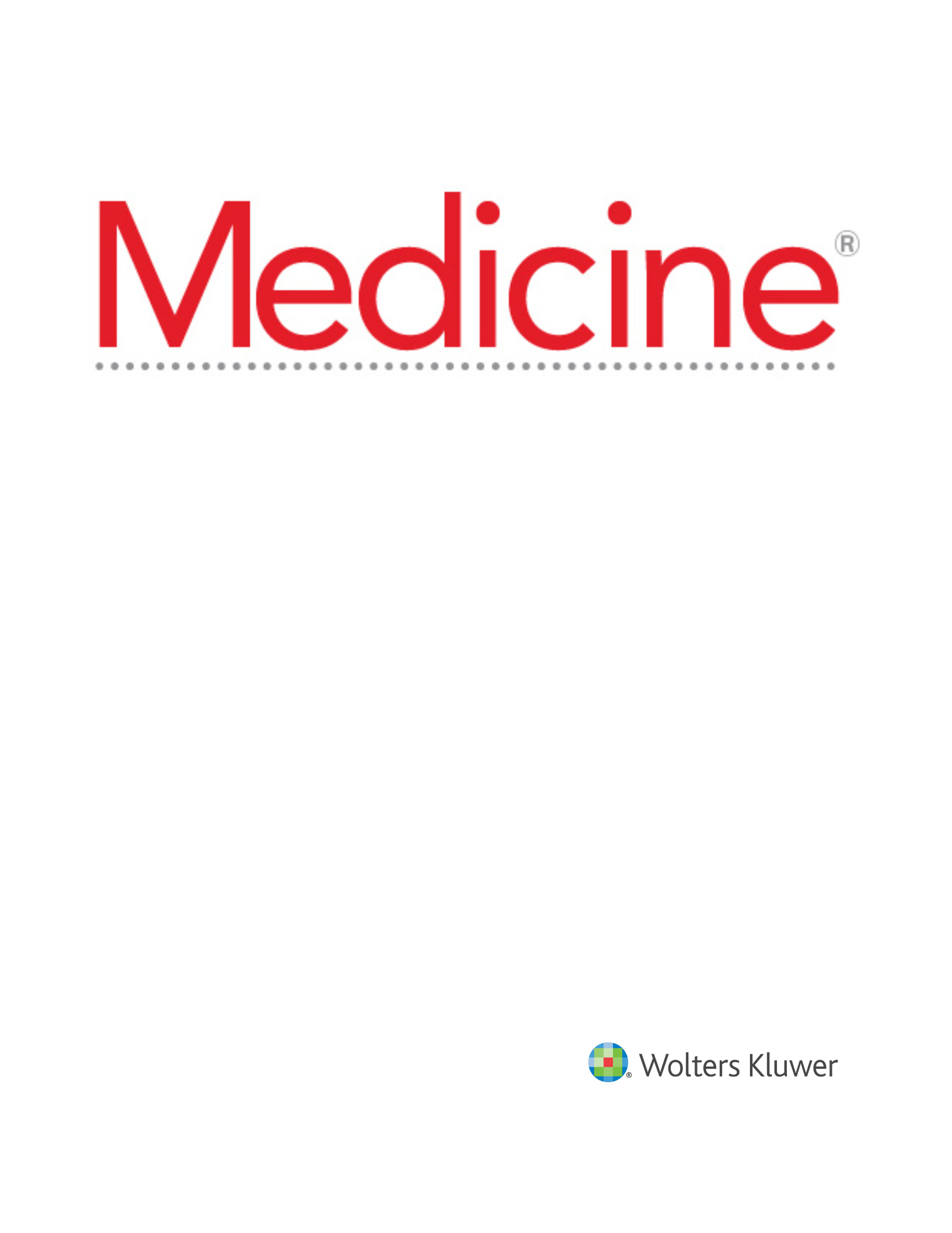
Effectiveness of Dynamic Neuromuscular Stabilization for Stability and Gait in Idiopathic Scoliosis

Effectiveness of Dynamic Neuromuscular Stabilization for Stability and Gait in Idiopathic Scoliosis
Effectiveness of dynamic neuromuscular stabilization approach in lumbopelvic stability and gait parameters in individuals with idiopathic scoliosis: A randomized controlled trial.
Medicine (Baltimore) . 2025 Mar 21;104(12):e41905.Synopsis
Twenty-eight patients with mild to moderate idiopathic scoliosis were randomized to receive either dynamic neuromuscular stabilization plus core stability exercises (n=15) or core stability exercises alone (n=15). The primary outcome of interest was lumbopelvic stability, assessed via single leg squat. Secondary outcomes included core stability using the Sahrmann Core Stability Test, and gait para...
To view the full content, login to your account,
or start your 30-day FREE Trial today.
FREE TRIAL
LOGIN
Forgot Password?
Explore some of our unlocked ACE Reports below!

Learn about our AI Driven
High Impact Search Feature
Our AI driven High Impact metric calculates the impact an article will have by considering both the publishing journal and the content of the article itself. Built using the latest advances in natural language processing, OE High Impact predicts an article’s future number of citations better than impact factor alone.
Continue



 LOGIN
LOGIN

Join the Conversation
Please Login or Join to leave comments.